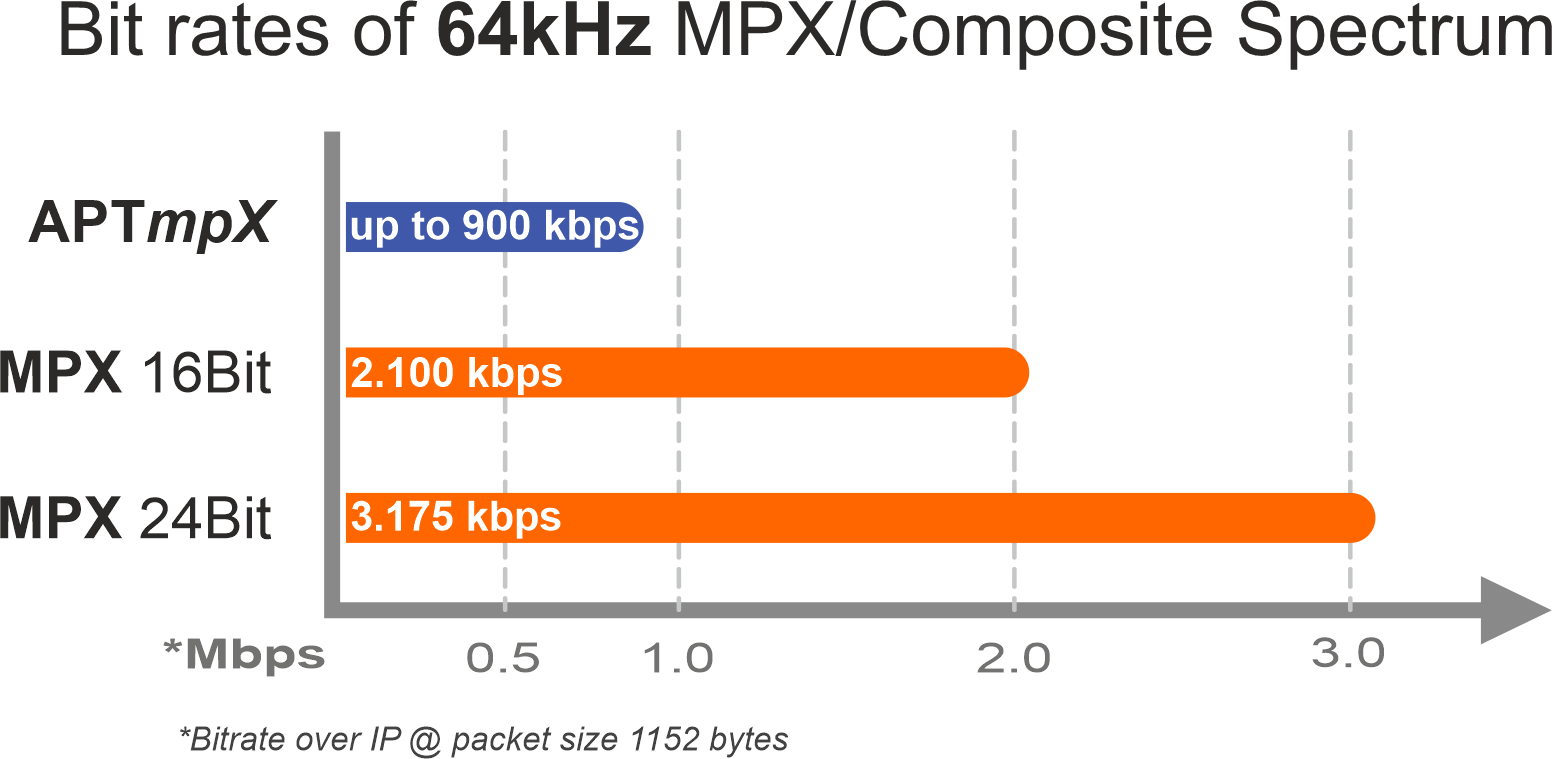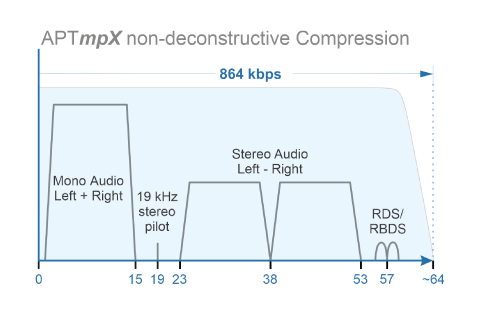What matters in radio? This is the life-blood question that plagues the thoughts of every member of the industry; from engineers to presenters to station managers.
Content is of course a priority. But what good is fantastic and compelling content if the broadcast quality is lacking, if it isn’t reliably delivered, and if it causes more frustration than fun?
The problem is, securing the highest QoS [Quality of Service] requires large, complex and expensive transmission infrastructures. Right?
Well, not quite. The deployment of creativity and innovation is changing the way radio infrastructure is viewed, and it’s this that is central to the thinking behind the development of WorldCast’s APTmpX : an MPX/composite algorithm, which the company says saves network bandwidth without deconstructing the original composite signal.



